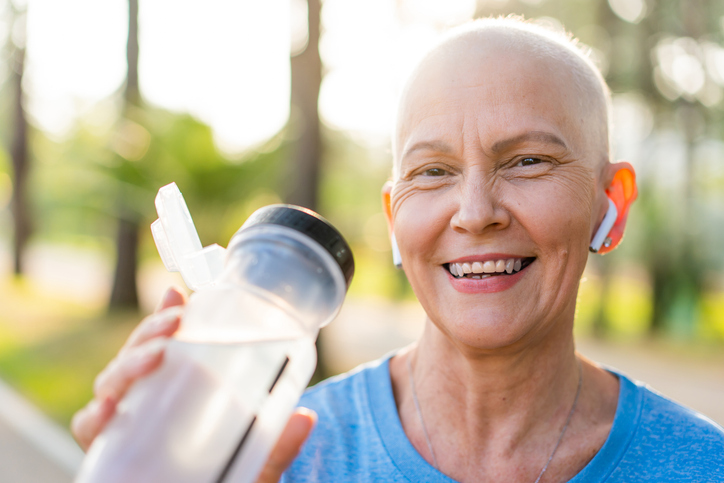Oncology Physical Therapy
Oncology Physical Therapy helps cancer patients and survivors manage side effects like pain, fatigue, and loss of strength, improving their quality of life before, during, and after cancer treatment. It addresses issues caused by cancer and its treatments, such as lymphedema, neuropathy, and balance loss, by using exercise, manual therapy, and education to restore and improve function.
Benefits of Oncology Physical Therapy:
Pain management
Reduces pain from surgery, radiation, or the cancer itself through massage, heat/ice, and specialized exercises.
Improved function
Addresses weakness, balance loss, and mobility issues to improve overall physical function and independence.
Reduced fatigue
Combats cancer-related fatigue by improving aerobic capacity and endurance through personalized exercise programs.
Lymphedema and scar management
Helps with swelling from lymphedema and treats scar tissue and fibrosis that result from surgery and radiation.
Neuropathy management
Provides treatments to help with numbness, tingling, and other symptoms of chemotherapy-induced peripheral neuropathy.
Improved quality of life
Increases overall well-being by helping patients manage side effects and maintain independence during and after treatment.
Risk reduction
Physical activity can lower the risk of cancer recurrence.


What to expect
Pain management
A personalized plan is created based on your specific diagnosis, treatment, and goals.
Prehabilitation
Therapy can begin before treatment starts to help decrease the impact of expected side effects.
During & Post-treatment:
Therapists provide support to help you cope with side effects as they occur. Programs focus on restoring function, managing long-term side effects, and improving quality of life during survivorship.
Holistic approach
Therapists can work with your oncologist to manage symptoms and improve your overall health.
You can self-refer to Physical Therapy or speak to your Primary Care Provider or Oncologist about referring to Physical Therapy.
